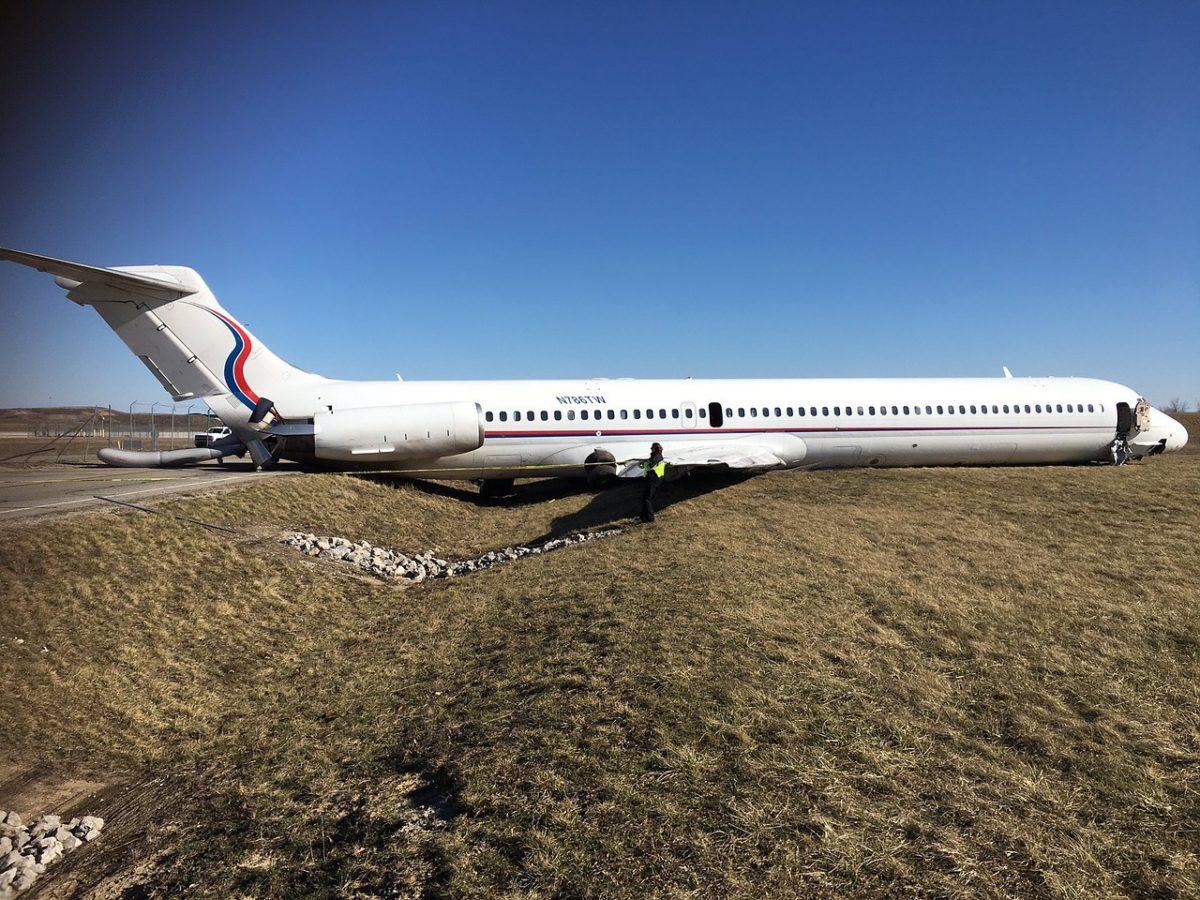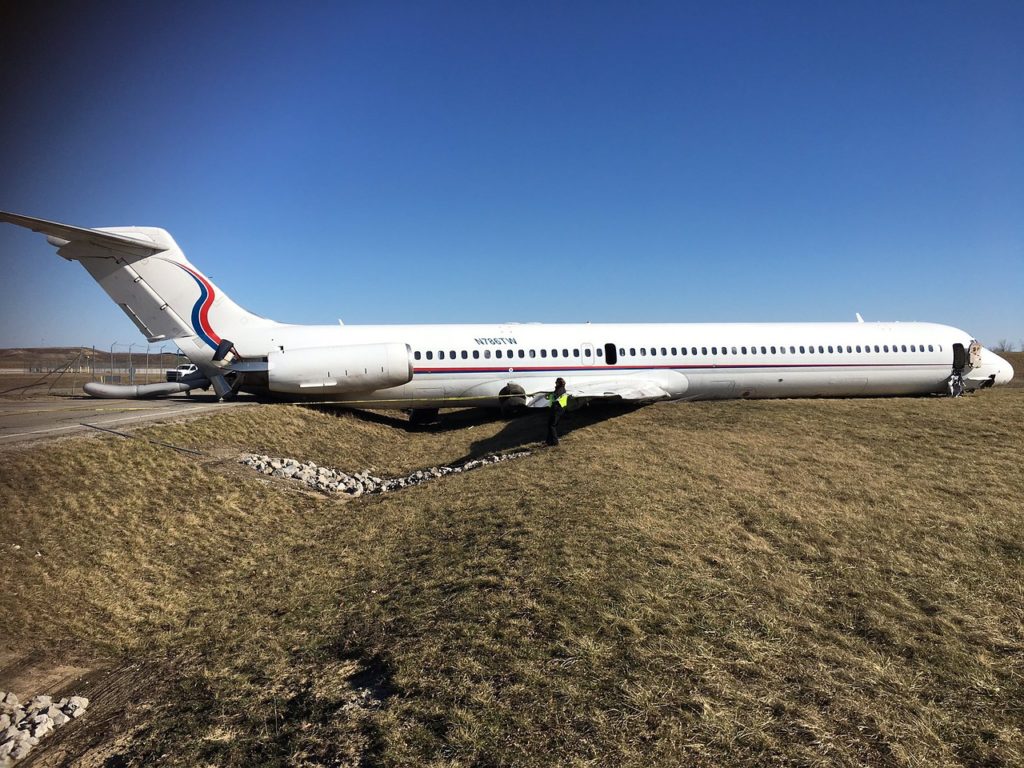
How throwing staff into crisis situations helps them work better together as a team and can enhance their determination and innovation in the workplace.
“Before your team crashes, we make it fly” is the slogan of Flight Experience Teambuilding training courses—and when they say ‘fly’ they really mean it. HR managers and training heads are no strangers to teambuilding experiences; both for themselves and for the personnel working in their companies, but the Flight Experience courses fly above, almost literally, other teambuilding training options. In this feature we follow a group of HR team members on their memorable teambuilding experience.
The simulations cover a wide range of scenarios including the following:
- Pack power plant fire emergency onboard—testing emotional management and leadership skills under stress.
- Engine flame out and fuel disruption—testing stress impacts on limited resource management and problem solving skills.
- Airplane fuel dump situation—testing negotiation, teambuilding and time management skills.
- Air traffic control communication—testing assertiveness.
Participants enter the simulator in a group of three or four participants, and after reading task instructions, take up specific roles within the cockpit.
During the ‘flight’ participants are then faced with the emergency situation(s) and, armed with checklists and the instrumentation panels, while dealing with the emergent problems.
The situations encountered, all have close parallels in the business world, and as participants work through the simulations, they learn directly of their own capabilities and limitations.
They also explore how to work better as a cohesive team and, dependent on the specific scenario; also enhance their problem solving, leadership, management, EQ, negotiation, time-management and communication skills.
Airline food for thought, as you plan your next teambuilding activities.
When our group of 16 arrived at the facility, four pilots in flight uniforms welcomed us and a chorus of 15 ’wows’ was heard as the pilots first showed us the simulators. Entering the simulator is exactly like entering the cockpit of a real plane, and as a team, we would be working together in the simulator to pilot an airplane.
“You are going to learn how to fly in 15 minutes,” said our instructor when he started the briefing, we all laughed, little did we know that it was the truth. We entered the simulator cockpits in groups of four for our initial training and with the help of the airline pilot it almost seemed natural, like we had been flying for hundreds of hours. Those simulators were incredible—people were bending over the controls and sweating as though they were really flying an airplane.
Just as we were getting used to the controls, it was time for the first activity. The trainer, a pilot and expert in behavioural training, briefed us on what to do, gave out materials and told us the game plan. We were going to fly the plane ourselves, however, this would be no normal flight, as we would lose one engine and then have to figure out how to save the plane. This was a perfect example of planning and then action.
The task was not easy and the unfamiliar but extremely realistic environment of the simulator pushed the team to the limit. Everything happened so fast during the simulation, the whole team really needed to focus and work well together to successfully finish the simulation.
Unfortunately, we crashed. After the simulation, the trainer asked the team to prepare for the de-briefing and come up with reasons for why we thought things had gone wrong. You could tell that the trainer had a great deal of experience with training pilots, as he immediately started pointing out what did not work in our teams and brought out many interesting discussions on how our brains reacted under stress, and advice on how the team could perform better under similar stressful situations in the future and how this linked practically to our daily work.
After lunch… another emergency. But this time almost all of our passengers survived the ordeal. Eight hours in total: between flying, discussing and learning how we react—time certainly flew by very quickly. At the end of the day, the 16 of us agreed that not only had we had an incredibly fun time, but we were also taking away with us practical experience on how our team works under stress, and how to leverage different strengths in times of crisis.






